
Adoption of IoT has increased across the globe, and engineers have started connecting almost all electronic sensors/devices to the cloud. The increasing number of IoT devices has resulted in an exponential rise in demand for network bandwidth, cloud storage space, and computing CPUs.
Connected devices have three major components—data acquisition, data processing, and communication. With the humungous increase in data in the last few years, the need for processing and bandwidth for communication has increased significantly. Multiple options for managing data are available such as streaming data to the cloud and processing it either in the cloud or at the edge.
In mission-critical or life-saving applications, it becomes important to respond with minimum latency, regardless of the connectivity. Edge analytics helps in addressing these challenges.
As computers and computing devices started connecting to each other, network topologies and strategies also evolved. All these strategies attempt to address a single question:
“Where to process the data?”



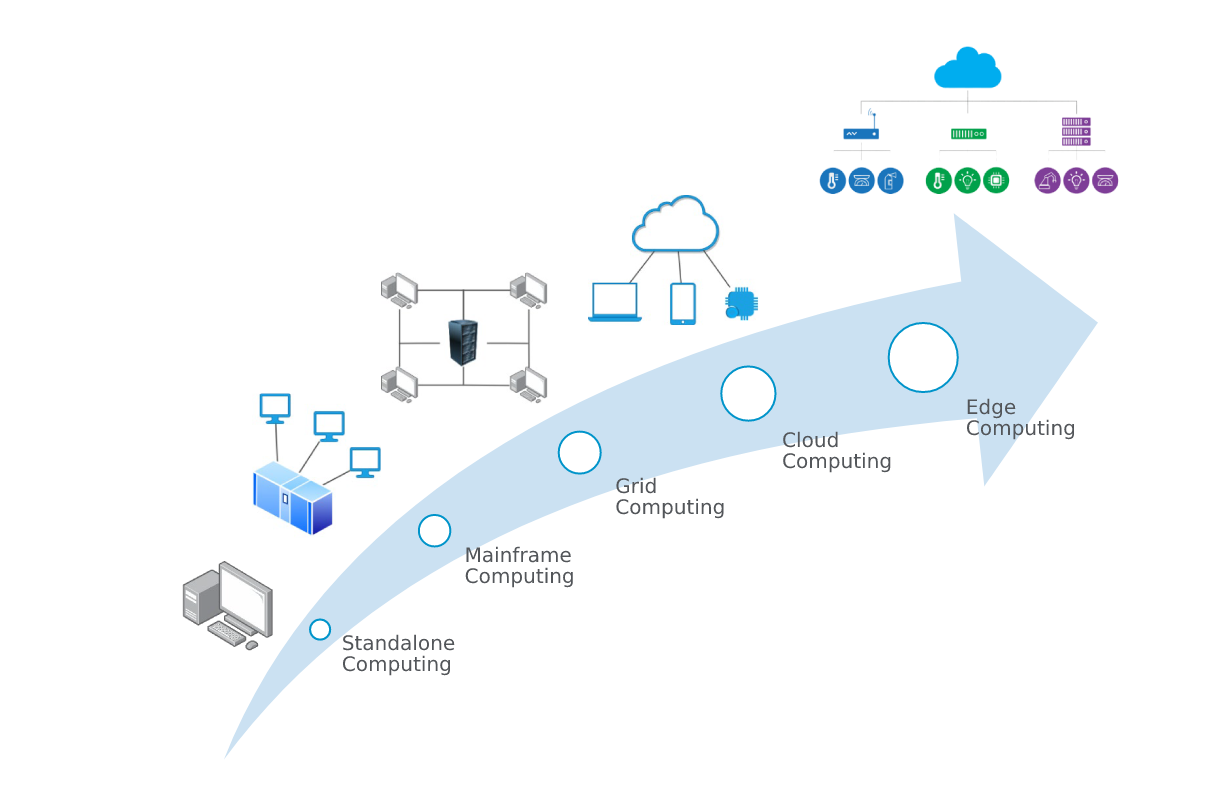
Figure 1: Evolution of computing technology
As computing technology evolved, technologists tried various permutations and combinations to achieve a computing solution featuring
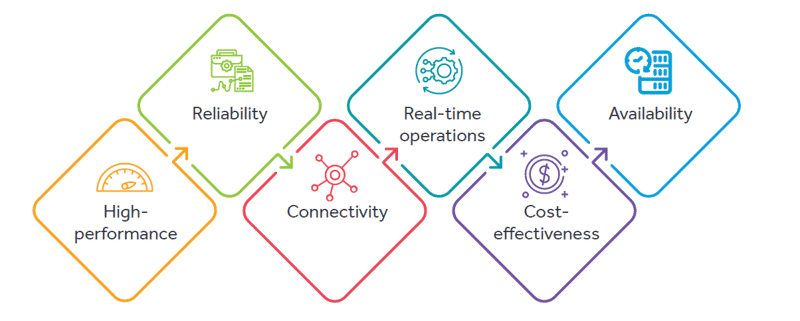
Edge analytics is the computing that takes place at the edge of a network for executing human-developed or machine-developed algorithms and models. The edge device is a node in the device network where devices are connected so they can deliver data to and receive instructions and download software updates from a centrally located data center or the cloud.
An exponential increase in the number of IoT devices and the huge data generated from them requires a larger bandwidth connection to data centers and the cloud. However, all the data may not be required to be captured and stored on cloud. Major real-time processing and decision-making needs can be fulfilled with edge computing, while non-real-time needs, data storage, sharing, and big data processing may be fulfilled using cloud infrastructure. An edge device can process data and make decisions independently, with or without a connection with a centralized cloud computing unit.
Typical centralized data analytics systems can analyze and produce the result on a centralized system, but they may not do it in real time. Many IoT devices produce massive amounts of data continuously. Sending and processing this massive data to a centralized data processing infrastructure (typically in the cloud) leads to latency in responding to issues.
In certain applications (surgical robots, airplanes, cars, etc.), reliable network connectivity may not be available to fulfill the safety critical needs and reduce the risk to an acceptable level. Intermittent connectivity or the device going offline can be hazardous. The bandwidth required to transmit all the data collected by thousands of sensors also grows exponentially with the increase in the number of connected devices. But massive data transfers to the cloud and huge cloud computing cycles may be required to aggregate the data and run inference on large data sets



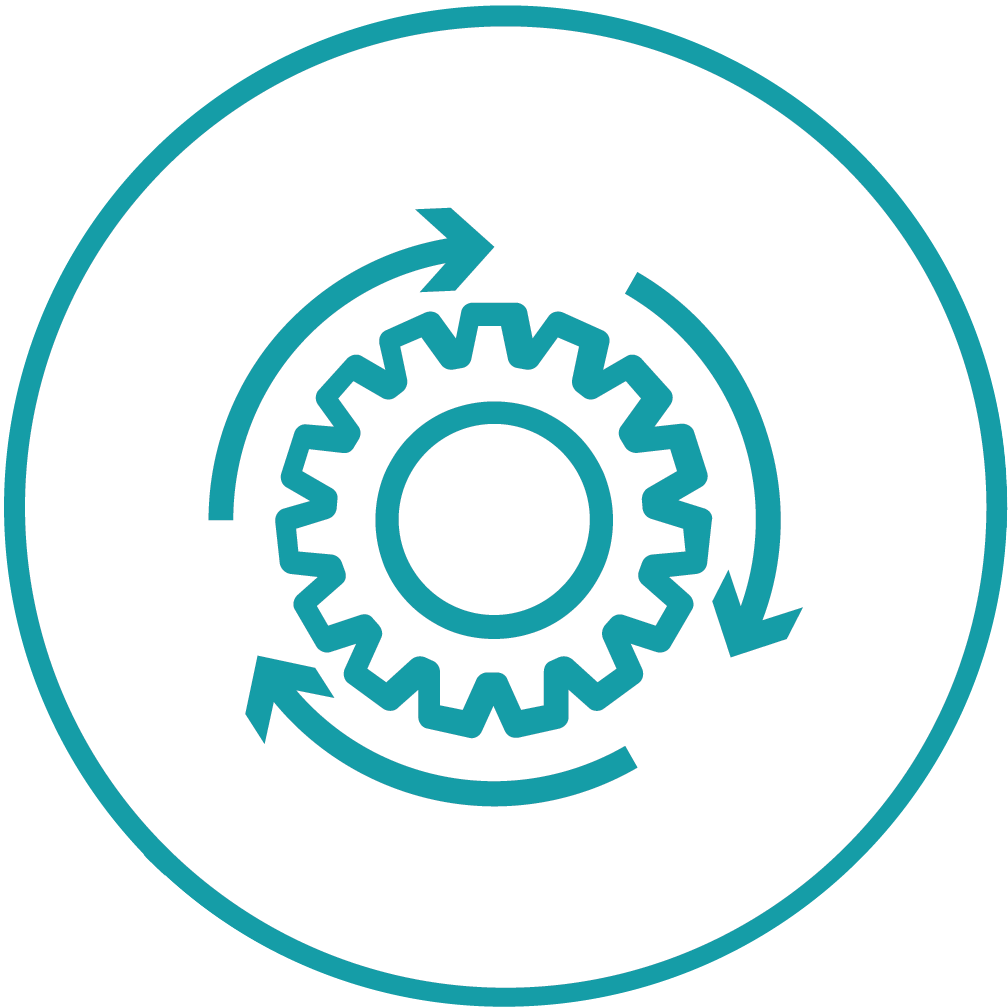
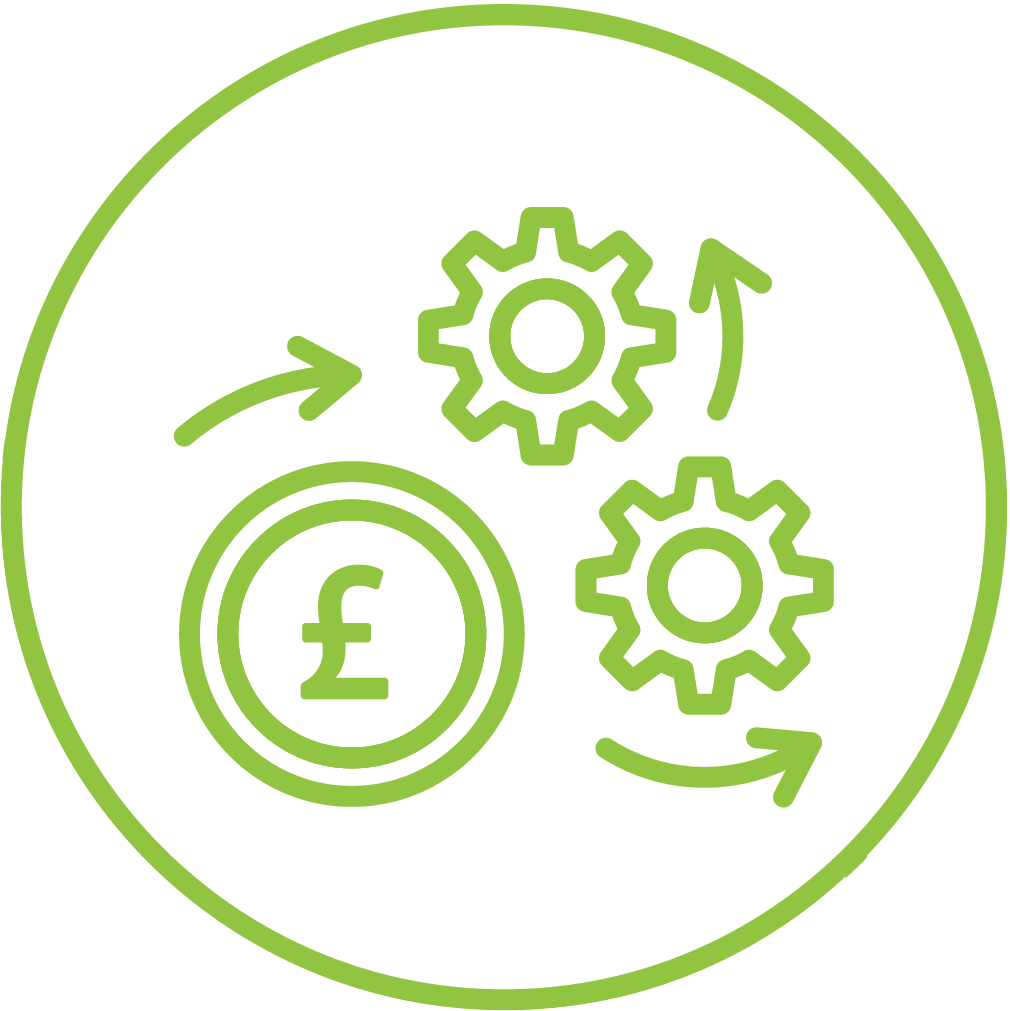

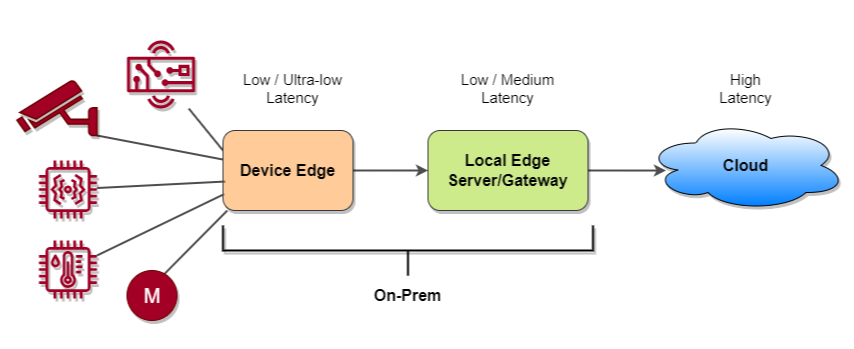
Figure 2: Edge analytics high level overview
1. Device Edge: These are the devices running on-premises at the edge, such as cameras, sensors, and other physical devices that gather data or interact with sensor data. Simple edge devices gather or transmit data, or both. The more complex edge devices have the processing power to do additional activities. In both cases, it is important to be able to deploy and manage the applications on these edge devices. Examples of such applications include image/video analytics, deep learning AI models, and simple real-time processing applications.
2. Local Edge: These are systems running on-premises or at the edge of the network. The edge network layer and edge cluster/servers can be separate physical or virtual servers existing in various physical locations, or they can be combined in a hyperconverged system. There are two primary sublayers to this architecture layer. Both the components of the systems that are required to manage these applications in these architecture layers as well as the applications on the device edge, will reside here.
3. Cloud: This architecture layer is generically referred to as the cloud but it can run on-premises or in the public cloud. This layer is the source for workloads, which are applications that need to handle the processing that is not possible at the other edge nodes and the management layers. Workloads include application and network workloads that are to be deployed to different edge nodes by using the appropriate orchestration layers.
Depending on the application, one of the following approaches can be considered for the implementation of edge analytics.
Intelligently ingesting data from edge-based equipment and machines, even without constant Internet connectivity, and sending data to cloud-based analytical software whenever an Internet connection is available. Intelligent edge ingesting focuses on pulling only the most critical data. The data then goes to a cloud-based repository where cloud analytics can be performed, with results pushed back to the edge or to centralized reporting workflows. The key technical challenges in this process include accessing and ingesting sensor values, buffering data, and monitoring the connectivity.
Performing rules-based analytics (formulabased calculations) locally, using simple formula-based calculations can be performed before sensor values leave an edge location. Compute rules may be installed or created on edge hardware, so data is locally analyzed as it is acquired. The outputs of such calculations may then be streamed to the cloud, similar to raw sensor values, or used locally, depending on the use case. The computing hardware requirements for this type of solution are relatively cheap and minimal.
Performing advanced analytics, computeintensive operations such as machine learning algorithms, or advanced simulations locally. This requires various levels of analytics at the edge and in the cloud. Better use of local sensor data often requires analytics beyond simple rules-based calculations. However, deploying machine learning models or compute-intensive simulation analytics to the edge (for instance, to classify or detect abnormal equipment behavior in real time) can be challenging.
An integrated solution that can ingest data from local sensors and deploy, store, and run cloudbased analytical models at the edge is often the best option. Of course, depending on the complexity and compute intensity of advanced models at the edge, the local computing hardware requirements may be significantly different from the relatively lightweight requirements for streaming data or performing simpler calculations.
The following factors need to be considered while designing an Edge Analytics solution:
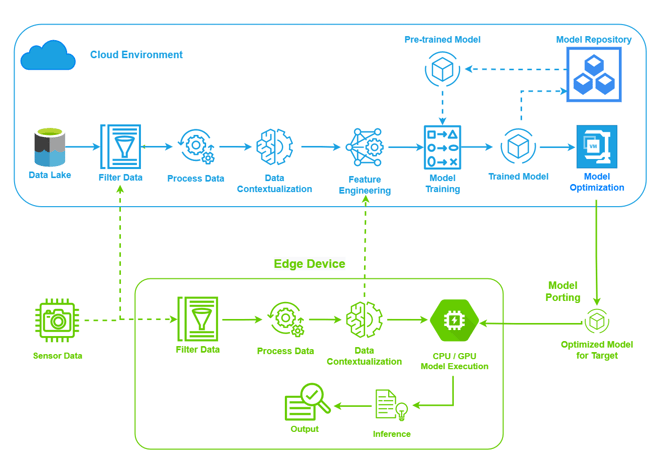
Figure 3: Model training and deployment
Edge Analytics consists of two major workflows:
The first step is to train and tune the model using available training data. Any similar pre-trained model from the model repository can also be used to accelerate the training process and can be further improvised to achieve the best possible result. Once satisfactory results are achieved, the trained model gets optimized for the target hardware using optimization tools such as TensorFlow Model Optimization Toolkit and optimized libraries such as TensorFlow Lite. Optimized model results are compared with the unoptimized model results. Once the optimized model passes the acceptance test, the model is ready for deployment.
The edge hardware is typically responsible for model inferencing. The supporting libraries and runtimes need to be installed on the target hardware. To resolve dependency issues, using the containerized porting approach is preferred. To achieve better performance of the AI model inferencing, it is preferred to have target edge hardware with GPU or any hardware acceleration module.
The AI model may get optimized/ improved over time when more data becomes available, or the architecture is refined. Hence, we should expect the AI model on the edge device to be updated several times during the life cycle of the product. So, the application on edge shall have a provision for the model, firmware, and application update Over the Air (OTA)

To build a new Edge Analytics solution, we can use readily available algorithms via Azure Machine Learning, Amazon SageMaker®, or open source frameworks such as TensorFlow®, Apache MXNet, PyTorch™, etc., to build and train machine learning models. Tools such as Amazon SageMaker Neo, TensorFlow Lite, Apache TVM, Microsoft's ONNX runtime, NVIDIA® TensorRT, Intel® OpenVINO®, STM32Cube.AI, etc., enable deployment of optimized deep learning and machine learning models on edge hardware. Azure and AWS platforms also support leading open source ML frameworks, and these models can be used with Azure IoT Edge or AWS Greengrass for ML inference at the edge.
Major cloud vendors have collaborated with semiconductor companies to deliver AI chips. Microsoft collaborated with Qualcomm to develop Vision AI DevKit, which uses Azure ML to develop the models, and Azure IoT Edge to deploy the models to the kit as containerized Azure services. Qualcomm’s Neural Processing SDK can be used to optimize the models and to improve the performance further. Similarly, in collaboration with Intel, Amazon has developed DeepLens, a wireless camera with AI inferencing capability. It can be integrated with Amazon’s SageMaker Data Science platform. Google’s Coral with Edge Tensor Processing Units (TPUs) provides a toolkit to train TensorFlow models and deploy them on different platforms using the Coral USB Accelerator.

Robotic Surgery
Robotic surgery is gaining popularity today due to advantages such as minimized pain, precise cuts/operations, faster recovery time, and the unique capability of operating and monitoring robotic surgery remotely. It enables doctors to perform surgeries from various locations without any travel or the need to be physically present. This is beneficial for both surgeons as well as patients.
Edge analytics plays a vital role in robotic surgery equipment. The major components involved are robotic arms with precise movement control and high-resolution camera with depth sensor. The system performs all its movements considering a reference point. The edge computer gets inputs from camera, doctor’s instructions, and current position of the arms. After receiving this data, a pretrained AI model processes all this input data and calculates the destination position and angles of the robotic arms using reverse kinematics.
Once the movement path data is available, corresponding movement commands are given to the robotic arms. Arm movements are continuously monitored by the edge computer using the motor feedback data and camera— open loop and closed loop control systems. If any dynamic obstacle appears in the movement path, the movement path will be recalculated and new path commands will be issued to the robotic arms. The edge computer also needs to have backup safety mechanism and a safe state of operation.
All these operations need to happen in real time with very small latency, in milliseconds. Due to the type of application and its time criticalness, most of the decision-making and monitoring activities are performed by the edge computer. The events, reports, and recorded logs are transmitted to the cloud. In case of remote surgery, live video-frames get transferred through a high-speed secured Internet channel like 5G or broadband.
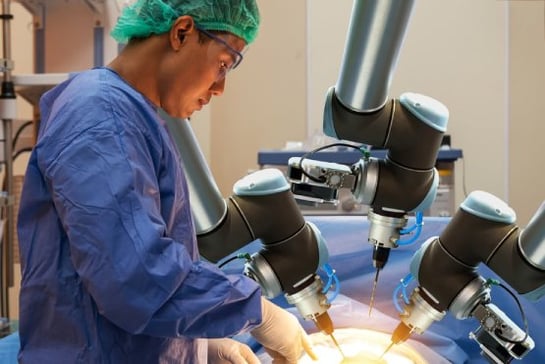
Autonomous Driving and Smart Infrastructure for Efficient Mobility
Autonomous driving capability is a special edge computing case, as significant compute power is necessary to run the driving algorithms in real time within the control unit in the vehicle. The usage of edge analytics can also be found in smart infrastructures such as 5G base stations, traffic lights, or intermediate smart routers. This enables much higher efficiency and throughput at intersections.
Take the case of a complex and heavily used intersection with five roads and long waiting times for each vehicle at the traffic lights. Autonomous driving alone would not eliminate waiting times, as it respects the timing of the traffic lights. But when an edge node is installed at the intersection to which the vehicles connect when approaching the intersection, they can receive their trajectories from the edge node. This edge node can do an orchestration of all the nearby vehicles instead of separate computation of each vehicle.
If this solution is then extended to include charging planning for electric vehicles, mobility can become even more efficient. The edge node at the charging station would then be able to plan upcoming charging processes and optimize the reservations according to various criteria, including waiting time or maximum charging rate.
Adaptive Predictive Maintenance
Automotives of the future will be known for their performance and high driver engagement. The battery in these vehicles with an electric drive needs to deliver this at its possible best. To achieve this, battery monitoring and predictive maintenance are essential.
Battery maintenance and charging depends on dynamic situations (tire pressure, acceleration, traffic, charge cycles, driver habits), when the car is actually running on the road. Better optimized performance and mileage can be achieved by analyzing and processing usage data, which is not available at the time of production.
Edge computing can enable this with the ability to aggregate data and near-real-time evaluation of relevant battery parameters and sensor values. As this has a direct impact on customer experience, it is highly relevant for car manufacturers and car network providers with electric vehicles in their fleets.
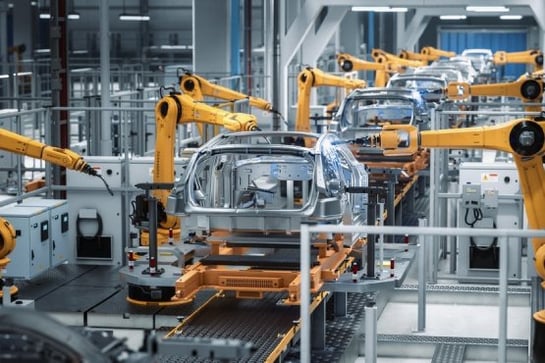
There are several use cases for edge analytics across industries:
Edge analytics is going to take IoT to the next level. Edge analytics helps in reducing decision latency by processing raw data at the edge of the physical device, which in turn helps in reducing the network bandwidth requirement. By leveraging the large pool of open source models, tools, documents etc., the development and implementation cycle time can be reduced.
As a technology services provider, Cyient works closely with industry experts, equipment manufacturers, and aftermarket customers to align with Edge Analytics trends through our focus areas of megatrends.
Cyient (Estd: 1991, NSE: CYIENT) is a leading global engineering and technology solutions company. We are a Design, Build, and Maintain partner for leading organizations worldwide. We leverage digital technologies, advanced analytics capabilities, and our domain knowledge and technical expertise, to solve complex business problems.
We partner with customers to operate as part of their extended team in ways that best suit their organization’s culture and requirements. Our industry focus includes aerospace and defense, healthcare, telecommunications, rail transportation, semiconductor, geospatial, industrial, and energy. We are committed to designing tomorrow together with our stakeholders and being a culturally inclusive, socially responsible, and environmentally sustainable organization.
For more information, please visit www.cyient.com

Amol Gharpure, Senior Solution Architect – Healthcare and Life Sciences, has 16+ years of embedded product development experience in the medical domain.

Vishwanath Pratap Singh, Industry Offering Head, Healthcare and Life Sciences, works with large number of customers to understand the business context and provide optimal and customized solutions.
Cyient (Estd: 1991, NSE: CYIENT)delivers Intelligent Engineering solutions for Digital, Autonomous and Sustainable Future
© Cyient 2024. All Rights Reserved.